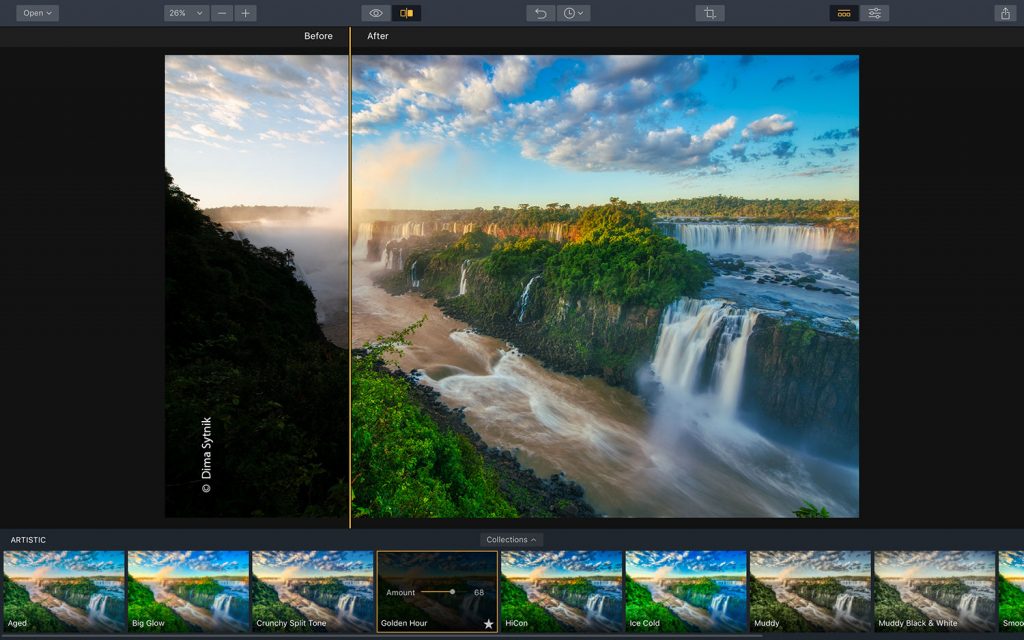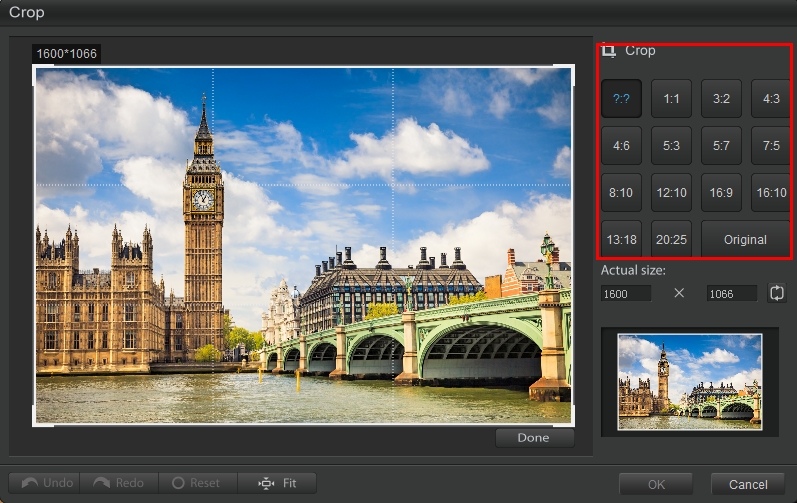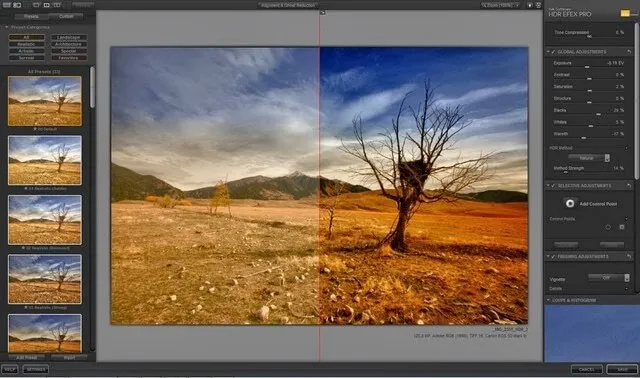The digital camera is an amazing and sophisticated tool that enables us to record everything from enormous landscapes to very private moments. Despite all of its skills, though, our brain—a crucial factor—means that it can’t fully match the capabilities of the human eye.
Your eyes adjust to reduce the amount of light they take in as you gaze out at a stunning sunset. Your brain also stitches together what happened in the darker portions of the scene in front of you, giving the impression that you can perceive a very wide range of contrast. Even though your eyes can’t see everything at once, the transition between the bright and dark parts happens so swiftly that most of the time you don’t even notice it. Know Here The Best Hard Drive Cloning Software for your PC.
The same thing can’t really be done by digital cameras on their own. Your landscape typically looks too dark when you expose a shot perfectly for the clouds. The area surrounding the Sun appears overly bright and washed out when you expose adequately for the landscape. It is feasible to take numerous different exposures of the same shot and merge them into a high dynamic range (HDR) image with a little help from digital editing.
There are many various pieces of software that may be used to achieve this, but not all of them are created equal. Although I considered quite a few possibilities for this review, which we’ll explore later, I ultimately chose the two greatest HDR photography software packages.
For the most discerning photographer, Aurora HDR delivers an excellent set of tools with a comprehensive level of control. Compared to the other tools I evaluated, it is significantly better at producing realistic HDR photographs, but this also implies that using it correctly takes a little more ability. Your HDR images can still be transformed into surrealist paintings, but they can also be made into stunning realistic HDR works of art.Know Some Best Screen Recording Applications for Your System.
The rapid compositions where you want to gently increase the dynamic range of your photographs without giving too much thought to reality are better suited for HDR Darkroom 3. For photographers who are just starting to play with HDR shots or for casual users who want to have a little fun with their photos, it offers quick, simple solutions that are ideal.
The Nik plugin lineup, which has a lengthy and fascinating history, includes HDR Efex Pro. The package had a startling $500 price tag before Nik was acquired by Google in 2012, at which point Google made the whole Nik plugin series available for free while blatantly disregarding its ongoing development. In the end, Google sold it to DxO in 2017, and DxO has now started charging for it while also resuming development on it.You finding to stop unwanted ad run on your website, Here is some Best Ad Blockers.
Also, Follow Us: Facebook, Twitter, Instagram, Youtube, Google News









